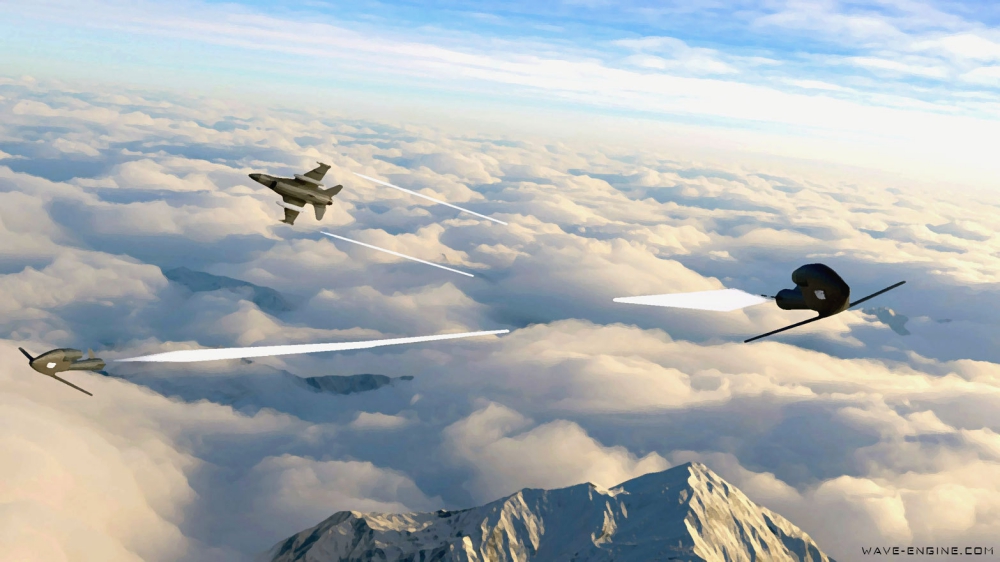The USAF Armament Directorate has awarded the North American Wave Engine Corporation a $1 million contract to build and demonstrate the Versatile Air-Launched Platform (VALP) as part of the USAF’s efforts to develop high-impact technologies critical to the future of aviation and aerial combat.
Designed primarily as a decoy, Wave Engine Corp.’s VALP is a multi-mission, air-launched vehicle that leverages the company’s proprietary engine technology to demonstrate high-performance, low-cost propulsion for future generations of high-performance aerial vehicles.
“The future of aircraft is smaller, more capable and more affordable. The aviation industry has long been stymied by the lack of high-performance engines for small aircraft, and we are here to break through this barrier,” said Daanish Maqbool, CEO of Wave Engine Corporation. “We’re proud to receive this highly competitive award from the USAF to bring forth this propulsion technology and help define the aviation landscape of the future.”
The propulsion technology provides jet performance and Full Authority Digital Electronic Control (FADEC) in a highly cost-effective powerplant that requires no moving parts.
Wave engines are a class of aircraft engines that operate using pressure waves instead of rotating machinery. Intermittent combustion inside a hollow tube produces pressure waves that push hot gases and produce thrust. Wave Engine Corp.’s technology enables an order-of-magnitude reduction in the cost and complexity of jet propulsion, making it practical for wide variety of aviation platforms for which jet propulsion was previously cost-prohibitive.
The award was a result of a highly competitive process with hundreds of applicants hosted by the Armament Directorate and senior USAF officers to fund the most promising technologies to help the USAF achieve strategic goals for future capabilities.
This award follows a $3 million investment in Wave Engine’s propulsion technology by DARPA in 2019 and successful flight demonstrations in 2020.
Source: Press Release


It’s a pulse jet like the German V-1?